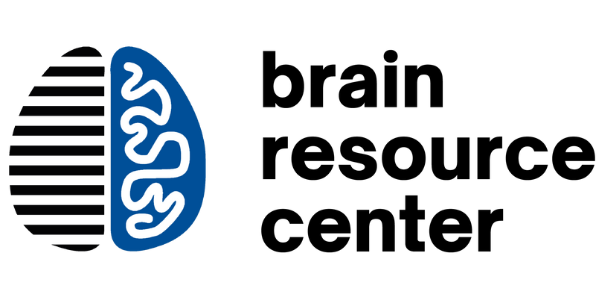
Autism Spectrum Disorder Treatment NYC
Medication-Free Therapy for Autism
Autism is a developmental disability that often appears in early childhood. Autistic children display differences in thinking, communication, and behavior from other children. They often have challenges with social interaction and emotional communication, and have limited and repetitive behaviors and interests.
Symptoms of ASD normally emerge before the age of 3 and last through a person’s lifetime, but with appropriate treatment, symptoms can significantly improve. At BRC, we work with kids with mild to moderate autism on the spectrum disorder continuum. Medication is often the first response for treatment of ASD. However, neurofeedback therapy offers a treatment plan without medication.
Neurofeedback is a non-invasive, pain-free, medication-free treatment that has successfully treated ASD in a number of clinical trials. The treatment can improve brain function, sensorimotor behavior, and alleviate other symptoms after just a few sessions.
Neurofeedback for Autism Spectrum Disorder (ASD)
Research shows neurofeedback can effectively treat anomalies in brain activation, leading to functional improvement and symptom reduction. Symptoms of ASD are unique to each individual, as are the respective brain regions that are most impacted. That is why we use qEEG brain maping, cognitive, and neuropsychological assessments to develop targeted, personalized treatments for each individual.
How does Neurofeedback work?
-

1. Brain map
Brainwave assessment identifies imbalances and helps to create a personalized treatment plan.
-

2. Treatment setup
Non-invasive sensors and headphones are placed on your head and the treatment session begins.
-

3. Brain activation
Software translates your brainwave data and stops or starts audio/visual media based on your brain activity.
-

4. Conditioning
In response to the audio/visual feedback, your brain adapts and learns to regulate your brainwaves and build new, healthy neural pathways.
-

5. Brain Training
Over time with continuous brain training, healthy brain activity in target regions increases, and symptom-associated activity decreases.
Ready to start the process?
Step 1: Schedule an intake appointment.
This initial session is a time for you to meet with our clinical psychologist, Dr. Fallahpour, to discuss your medical history, symptoms, goals, circumstances, etc. Fill out the booking form here or call us directly at 212-877-2130 to schedule your intake session or inquire for more information.
Step 2: Complete brain assessments.
After your intake session with Dr. Fallahpour, we recommend that you complete a qEEG brain map and neuropsychological screening. This provides us a more objective understanding of what is happening in your brain and which issues we need to focus on treating.
Step 3: Start treatment sessions.
After reviewing the results of your brain assessments, Dr. Fallahpour will design a personalized treatment plan for you. Then you will be able to start treatment sessions in office or remotely if eligible. Click here to learn more about our treatment options.
Neurofeedback application in the treatment of autistic spectrum disorders (ASD). Click here
Positive effects of neurofeedback on autism symptoms correlate with brain activation during imitation and observation. Click here
The Treatment of Autism Spectrum Disorder With Auditory Neurofeedback: A Randomized Placebo Controlled Trial Using the Mente Autism Device. Click here


